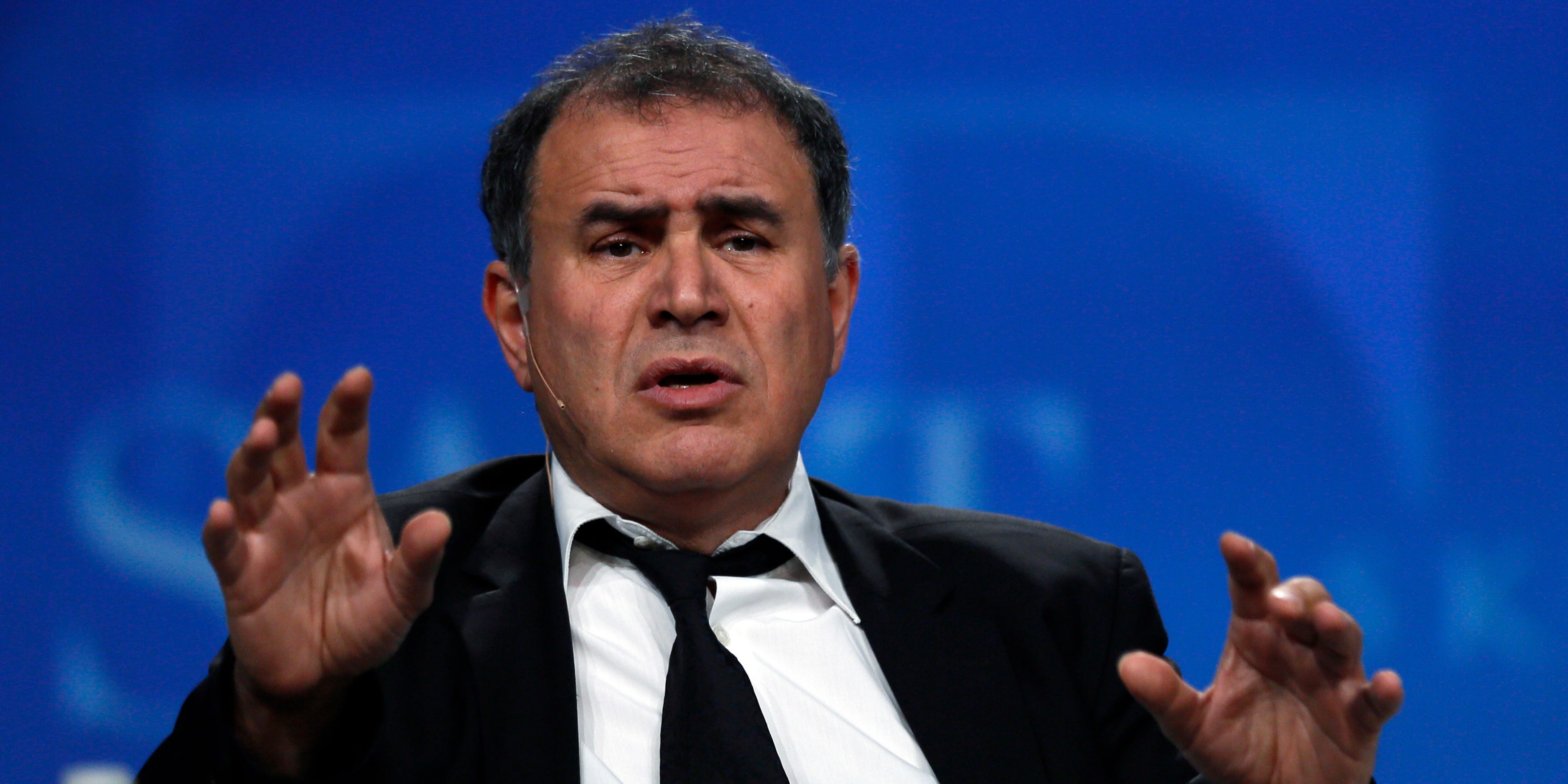Economist Nouriel Roubini would recommend shorting US stocks as they could drop 10%. That’s because global growth is slowing, with oil prices and inflation remaining high, he told Bloomberg TV. Central banks must maintain higher interest rates to avoid a coming stagflationary era, he added. Loading Something is loading.
Thanks for signing up!
Access your favorite topics in a personalized feed while you’re on the go.
Economist Nouriel Roubini said he would short US stocks through the remainder of this year, reaffirming his prediction that a 10% decline is a likely scenario.
“It’s highly possible, given what’s happened in the US, in the global economy, and rising oil prices and inflation being still sticky, and the Fed and other central banks not being done yet” hiking rates, he told Bloomberg TV on Monday.
Roubini, known for his alarm-ringing forecasts that earned him the nickname “Dr. Doom,” pointed to slower global growth and a high inflation environment as the current threats to watch out for.
While US stocks may drop 10%, other markets around the world may see equities to drop off even more, he warned.
“The rest of the world is even worse,” he said. “In the US you might have a bumpy landing. But in the eurozone, the UK we’re talking about inflation, and recession stagflation.”
For this reason, Roubini said the Bank of England and European Central Bank would be making a mistake if they started cutting interest rates.
And while the US may have a lower inflation rate of 3.7%, he said it’s a misconception for markets to assume the Fed will soon start easing rates.
“They can’t say they are done. Headline inflation is going higher, oil prices going higher, there is potential there will be another hike,” Roubini said, and estimated mid-2024 to be the earliest that the Fed cuts rates.
Although he expects the Fed to maintain its monetary tightness to counteract inflation, Roubini does not expect the central bank to bring inflation back towards the 2% target rate.
Instead, the global economy is slipping into an era of stagflationary instability, he forecasted, noting that supply- and demand-side components will make achieving the 2% rate “mission impossible.
Factors such as geopolitics, an aging population, restricted migration, industrial reshoring, and de-globalization will reduce growth and lift production costs.
Meanwhile, government spending will also climb in order to counteract coming crises, such as growing inequality and climate change. But with the US federal deficits already surging, this will force the Fed to monetize debt, pressuring inflation up.
Over the longer term, the “new normal” inflation rate will stick around 3%-4% in developed economies, Roubini concluded.
